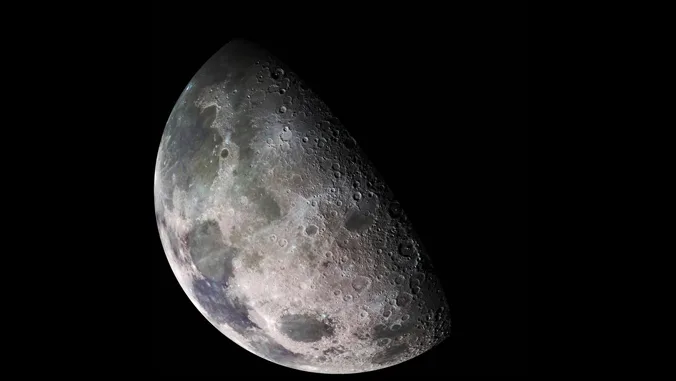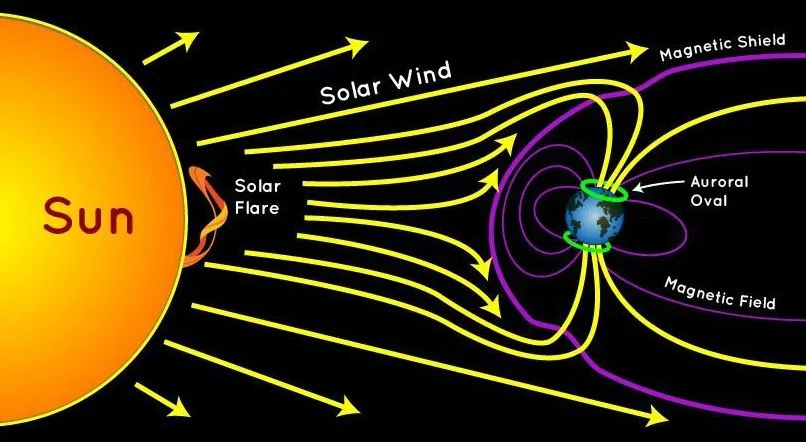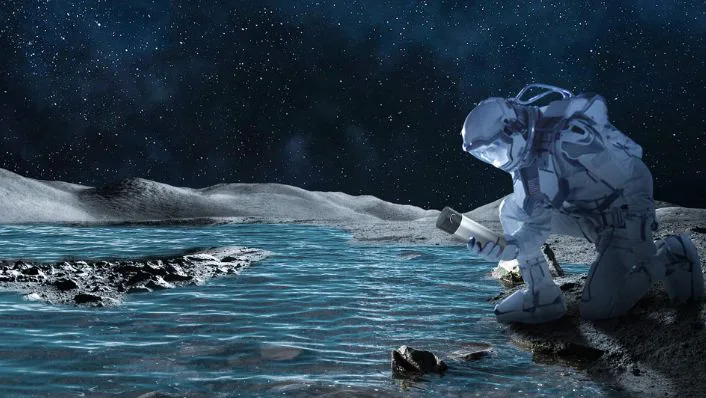
Our planet, Earth, is not merely a rock in space but an interesting entity with various forces acting within and outside of it. For instance, magnetosphere.
Earth’s core consists of molten iron. This liquid iron creates electric currents. Which, consequently, generate a magnetic field that surrounds Earth.
This magnetic field extends far out into space, creating the magnetosphere. It acts as a formidable defence against the solar wind.
Solar Wind’s Impact on Earth’s Magnetic Shield
Solar wind is the continuous flow of charged particles emitted by the Sun. Without our magnetic shield, these particles would strip away our atmosphere and expose us to harmful solar radiation.
When the solar wind blows towards Earth, it interacts with our magnetosphere. This interaction leads to distortion of the shape of magnetosphere into the form of a long tail.
Within this tail, there’s a plasma sheet with high-energy electrons and ions. These particles can come from both Earth and the solar wind.
Beyond High-Energy Ions and Solar Wind
Traditionally, high-energy ions’ role was considered the crucial element in space weathering on the Moon and particularly those lacking an atmosphere.
Solar wind, consisting of energetic particles like protons, continuously bombards the lunar surface. And so, it was thought, the process is also responsible for the formation of lunar water.

Investigating Surface Weathering as the Moon Crosses Earth’s Magnetotail
Shuai Li’s, an assistant researcher at School of Ocean and Earth Science and Technology, prior research demonstrated that oxygen in Earth’s magnetotail is causing iron in the Moon’s polar regions to rust. Currently, his area of focus is the alterations in surface weathering as the Moon traverses through Earth’s magnetotail.
He suggested the phenomenon that Moon passes through Earth’s magnetotail, acts as a unique natural laboratory for investigating the creation of lunar surface water.
Water Formation in Earth’s Magnetotail
When the Moon is positioned outside the magnetotail, it faces relentless bombardment by solar wind. However, within the magnetotail’s protective confines, the presence of solar wind protons is nearly non-existent. This might lead to the expectation that water formation would decrease substantially, perhaps even reaching zero.
Surprisingly, remote sensing observations have uncovered that the process of water formation within Earth’s magnetotail closely mirrors the conditions experienced by the Moon when it’s positioned outside this protective region.
This intriguing discovery strongly hints at the existence of additional water formation mechanisms or previously unidentified water sources within the magnetotail. These mechanisms could work regardless of solar wind protons.
Remarkably, high-energy electrons’ radiation exhibits effects similar to those observed with solar wind protons.

Takeaway
Earth’s magnetosphere and solar wind shape space weathering and lunar water formation. Surprising discoveries like these surely hint at extra water-forming processes in Earth’s magnetotail.
Collectively, the current discovery, along with Li’s previous research on the Moon’s rusting poles, highlights the strong and previously unrecognized connections between Earth and its lunar companion.



